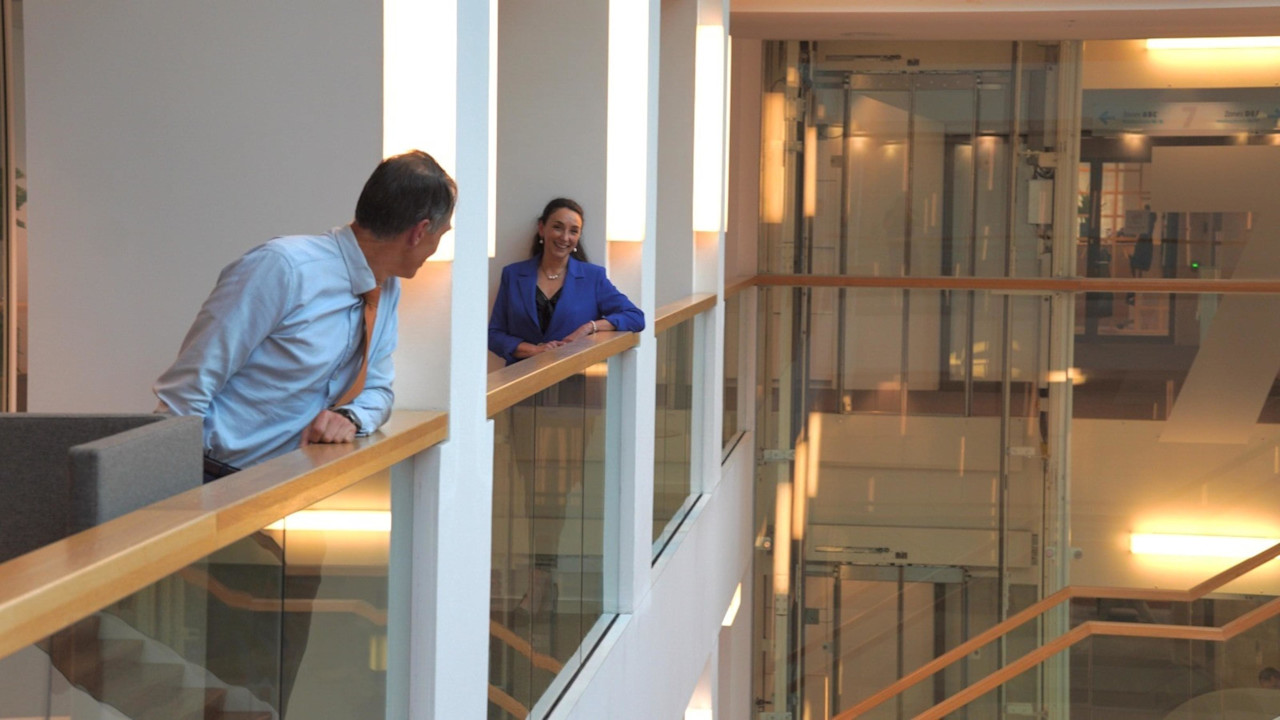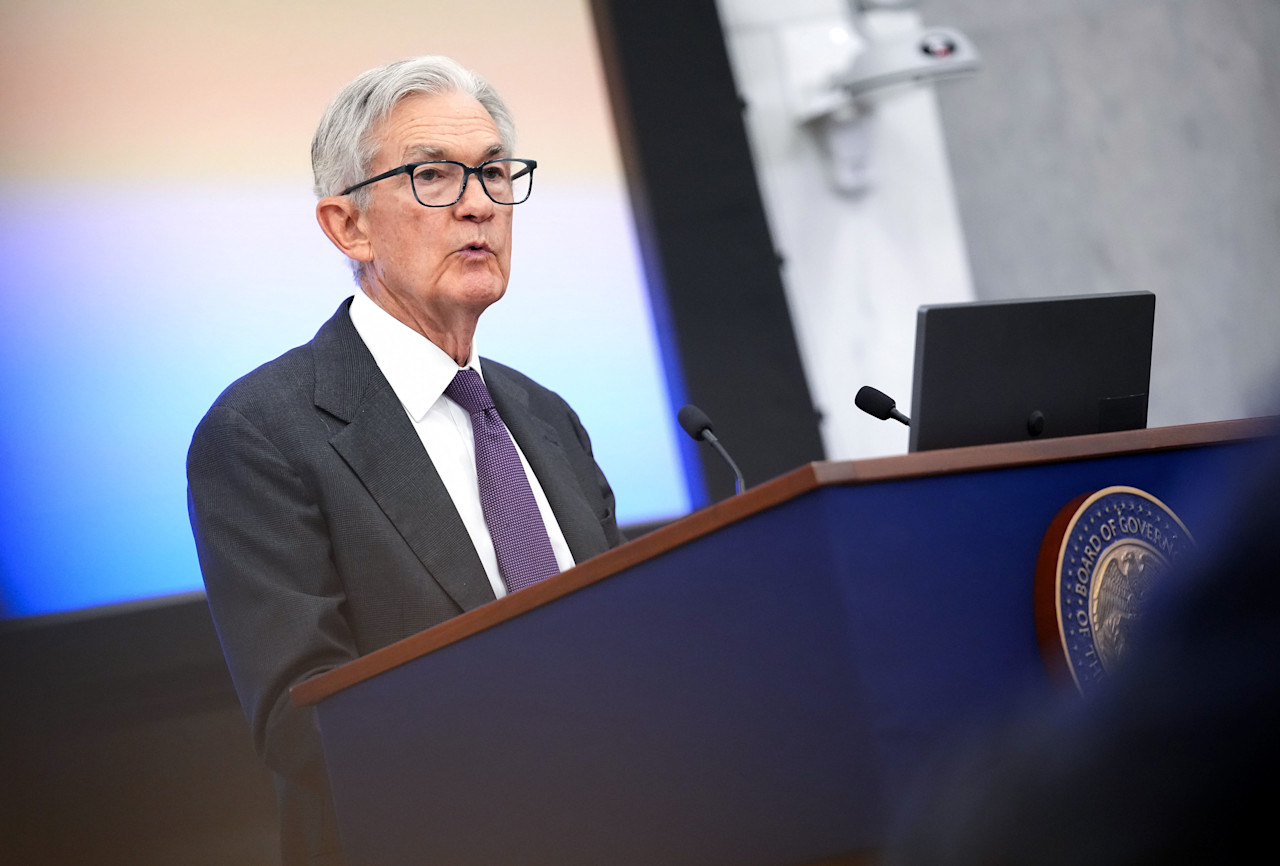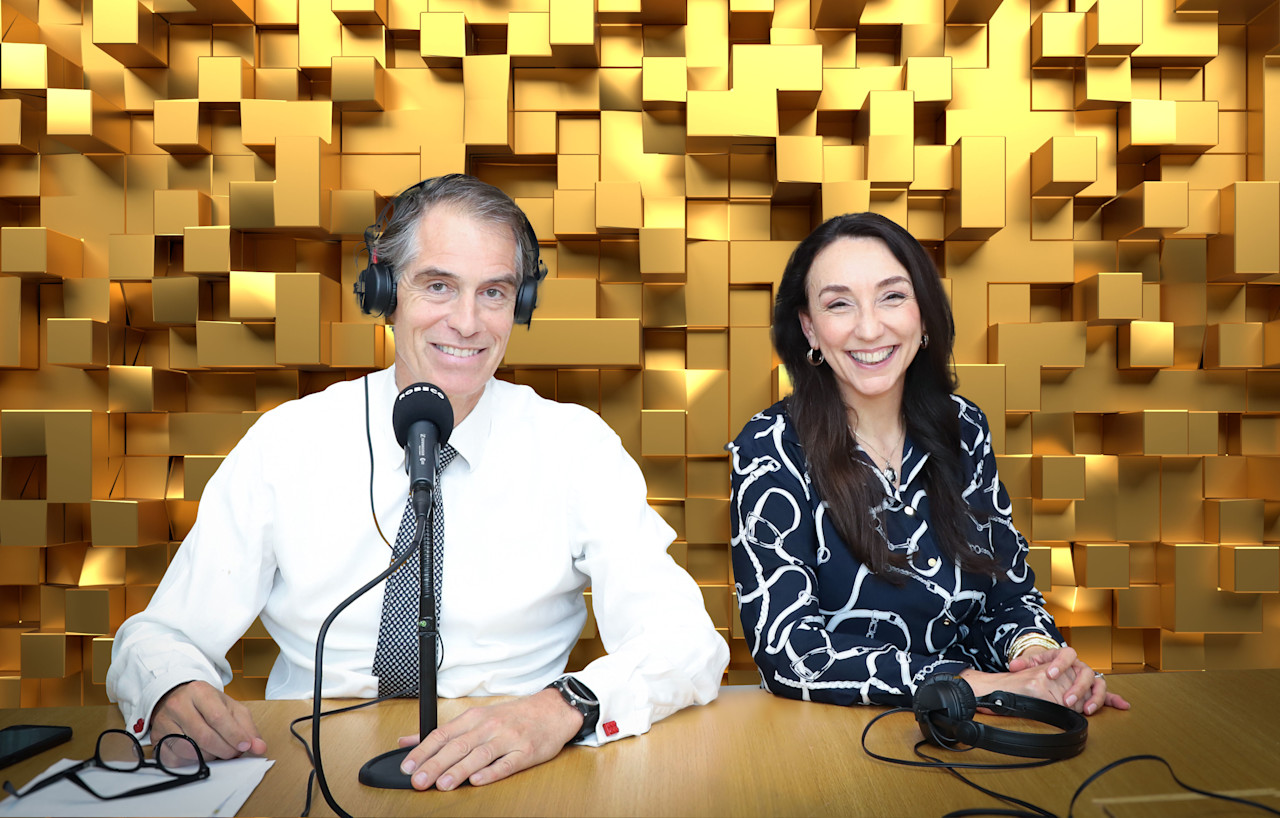

Schrödinger’s economy – when should we open the box?
Knowing the true state of the US economy will be key to assessing risks for the coming months, says multi-asset investor Colin Graham.
Summary
- Views vacillate between ‘US is in recession’ to ‘an opportunity to invest’
- Data is contradictory as supply shocks are negative, job news positive
- Uncertainty over corporate earnings means downside risks are growing
He likens the debate over whether the world’s largest economy is in recession to ‘Schrödinger's Cat’, a thought experiment conducted in 1935 by the Austrian physicist Erwin Schrödinger, a pioneer of quantum mechanics.
Schrödinger hypothesized that a cat in a closed box could be in two simultaneous states (dead and alive) based on whether a radioactive atom had decayed or not. If it had, emitting radiation, a flask of poison was broken, killing the cat. Only once the box is opened can the observer be sure which state the cat is in.
“We can read this across to the US economy because currently, observers do not know the true state of it,” says Graham, Head of Multi-Asset Strategies at Robeco. “Their views range from ‘we’re already in recession’ (two successive quarters of negative GDP growth) to ‘we’re expecting only a mild slowdown’ to ‘an opportunity to invest long term’. The consensus vacillates wildly between these outcomes on a weekly, daily or hourly basis.”
“Only with more time, more data and a hindsight lens will these two states of the economy be reconciled, and then market participants can open the metaphorical box. The additional complication is that we don’t have a good read on the baseline, as recent history has distorted the starting point of the initial Covid lockdowns to the subsequent fiscally simulated sugar highs.”
“Looking forwards, there are structural changes to the economy – hybrid working and blockchain – so even the historic baseline drawn through this volatility is in question.”
The health of the US economy is vital for planning multi-asset investments since it influences the values of trillions of dollars of equities, government bonds, corporate bonds (credits), and the value of the dollar itself. A recession prompted by interest rate rises to combat inflation would cause both equities and government bonds to fall, making it difficult to know where to allocate capital.
“The US economy has been bombarded with many challenges over the last 12 months: raising rates, commodity and supply chain shocks, the cost of living squeeze and excess demand,” Graham says. “Yet, the lagging data such as employment, inflation and the cost of housing is still indicating a ‘strong economy’.”
“In our view, this tells us what we already know: that the US economy was alive before the bombardment. Monetary policy has moved away from ‘emergency’ levels and financial conditions have tightened, due to rates going up and the strength of the US dollar.”
“Hence, central banks are talking down the second-round effects of inflation and are moving to be more data-dependent. Our interpretation is that the central banks are moving to more real-time assessments of economic strength. In other words, watching inflation and employment levels is like driving a car by looking in the rear-view mirror.”
Get the latest insights
Subscribe to our newsletter for investment updates and expert analysis.
Equities and bonds price in different outcomes
So, what does this mean for investors as the fourth and final quarter of 2022 looms? “Investors are forward looking and try to anticipate the levels of returns over various time horizons, which is one of the reasons why markets are inefficient,” Graham says.
“In June, using our scenario analysis, we saw that the recent market low for equities and spread highs for credit began to price in different outcomes, with high yield expecting the outlook to be worse.”
“Market catalysts for the turnaround were interest rate expectations falling, bond yields falling, headline inflation moderating and earnings delivering, coupled with very bearish positioning. A very potent mix for a rally in risk assets.”
Decomposing the ‘Cat-alysts’
“If we decompose these catalysts – we might say ‘Schrödinger's Cat-alysts’ – to see which of them are sustainable, positioning is difficult to assess, as the data only gives you part of the story. But we can conclude that the broad sentiment indicators have moved from being extremely bearish to middle of the range, so there are no positive signals now.”
“Secondly, inflation is still high, and the Fed will continue to raise rates until aggregate demand starts to weaken, and employment softens enough to stabilize inflation in the medium term. Hence, the concern about over-tightening monetary policy, because interest rates are a blunt tool and supply-side issues are independent of central bank policy. And the Fed has never slowed the economy from these levels of employment and inflation without it resulting in a recession.”
“Lastly, the Q2 earnings season was good in aggregate, but scratch below the surface and the picture is less rosy, with the positive drivers coming from the energy sector and a narrow number of stocks.”
Downside risks are growing
This all leads to a gloomier outlook. “Looking forwards, consumer confidence is deteriorating while purchases are becoming less affordable, and the US first-time buyer affordability index is at lows seen in 2006 and 1989, which does not bode well as winter looms,” Graham says.
“Corporate balance sheets are in good shape and some sectors have passed on their rising input costs, but earnings delivery will become more challenging and confidence around the current level of earnings projected forward in valuations is questionable.”
“Hence, derating might be steeper than is currently priced in. As we progress to end of the year and get closer to opening Schrödinger’s box and seeing what state the US economy is really in, we believe the downside risks are growing.”




















